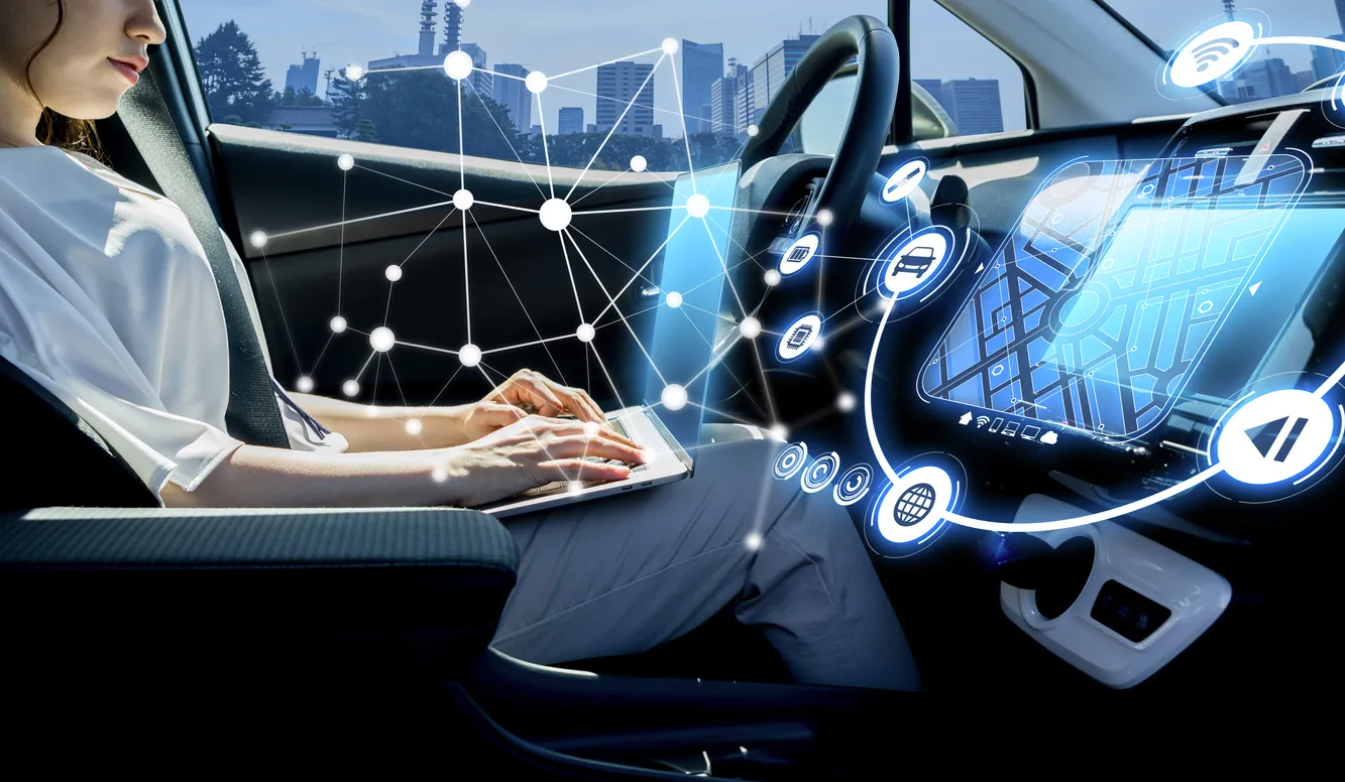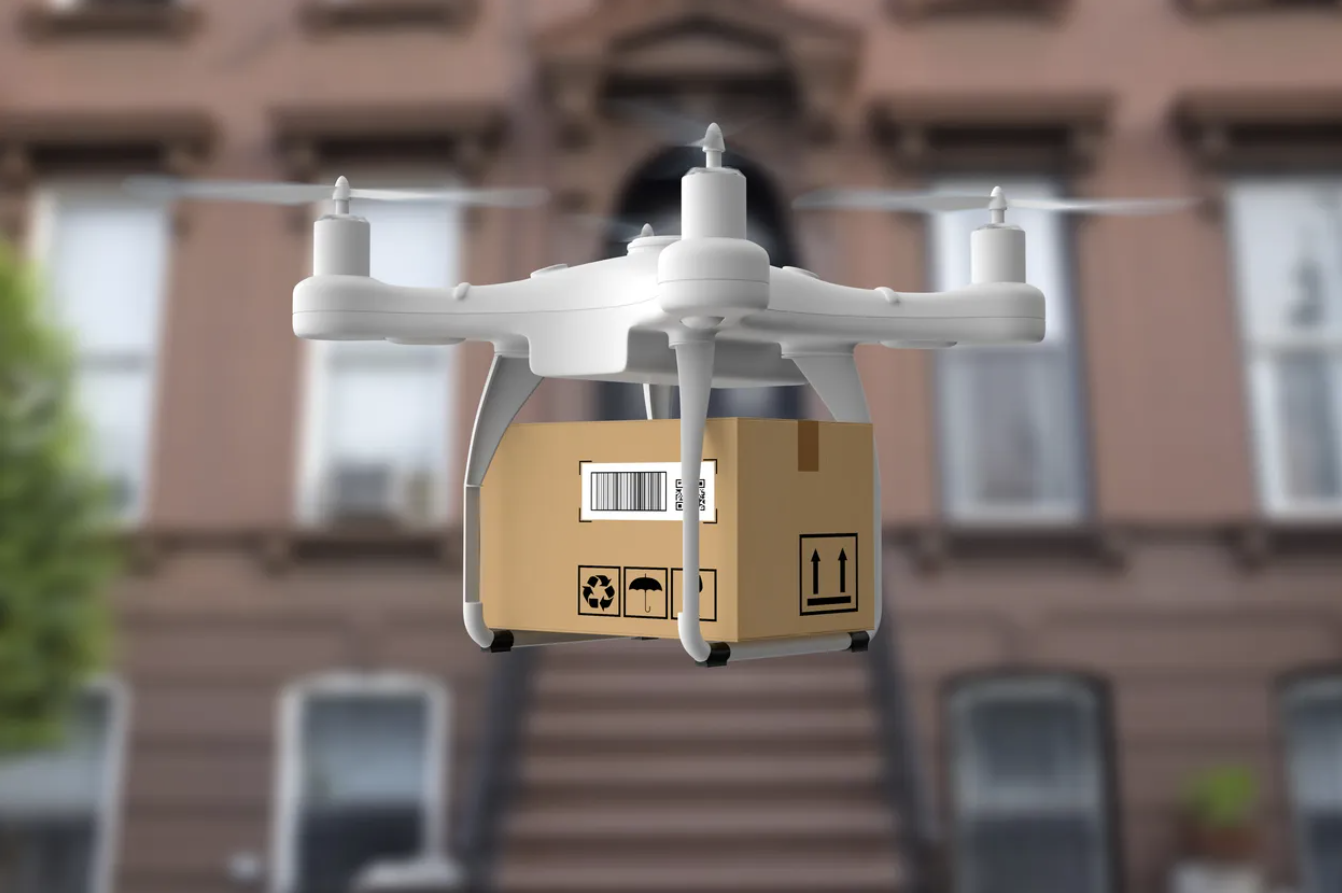The future of transport: innovations transforming how we move
Technologies ranging from electric vehicles and self-driving cars to drones and hyperloop systems are redefining how people and goods move.
The implications are enormous. While these innovations promise greater efficiency, sustainability and convenience, they pose disruptive challenges to traditional transport sectors and adjacent industries. And like every major technological shift, there will be winners and losers. Investors who spot the right opportunities early stand to make the most, while those who ignore these trends will miss the bus.
The rise of electric vehicles: A market on the move
The transition from internal combustion engine (ICE) vehicles to electric vehicles (EVs) is no longer a question of “if” but “when”. Governments worldwide are setting targets to phase out the sale of new ICE vehicles, with Norway leading the way and set to achieve this goal in 2025. The Australian Capital Territory is aiming for 2035. Automakers from Ford and Volkswagen to Mercedes Benz and Tesla are investing billions into the technology.
For investors, the EV market is often synonymous with Tesla (NASDAQ: TSLA), but this market opportunity is much broader than just the automakers. Battery manufacturers are critical participants in the industry, helping to meet the growing demand for longer-lasting and faster-charging batteries. Meanwhile, charging infrastructure is a crucial adjacent industry to support the adoption of EVs globally, while electricity utilities will also play an instrumental role in this transition.
The era of autonomous vehicles: A reality, not science fiction
For years, self-driving cars were a concept confined to sci-fi movies. Today, they’re real, and companies like Waymo (owned by Alphabet (NASDAQ: GOOGL)), Tesla, Wayve, BYD and a host of others are advancing at a rapid pace.

Accomplishing self-driving has been a decades-long endeavour with two key ‘problems’ to solve – the software problem (aka the ‘brain’) and the hardware problem (aka the ‘eyes and ears’). Solving the software problem has necessitated the development of a complex computing system with the ability to process information and make the right decisions under unique driving scenarios in an ever-changing external environment – an excruciatingly difficult task. Meanwhile, solving the hardware problem has required innovation in sensor technology (including camera, lidar1, radar2 and audio receivers) to bring costs down from astronomically high levels3.
We are now closer than ever to solving both problems. Take industry leader Waymo for instance. Waymo already operates fully autonomous fleets of robotaxis in Phoenix, San Francisco and Los Angeles (and is expanding to 10 more cities, including Tokyo, in 2025). It is serving over 200,000 fully autonomous paid rides every week – 20x growth in less than two years. Importantly, Waymo’s technology is already safer than human drivers with 78% fewer injury-causing crashes4. This safety record is a critical factor in achieving regulatory approvals in future markets.
The implications? Enormous. Once freed from manual driving responsibilities, passengers in autonomous vehicles (AVs) have time to allocate as they please – likely benefiting entertainment and social media platforms like Netflix (NASDAQ: NFLX), Spotify (NASDAQ: SPOT), YouTube and Meta (NASDAQ: META). Owning an AV means it could act as your personal chauffeur, ferrying family members to work or school or from one extra-curricular activity to the next, freeing up yet more time. Meanwhile, fleets of robotaxis will not only disrupt the taxi and ridesharing market operators but potentially forms of public transport too. As robotaxi adoption rises, personal car ownership could decline, hitting traditional automakers, dealers, car insurers and maintenance and repair services. Real estate (particularly parking) will be repurposed, while the value of residential property further from cities may rise. AVs will result in improved safety and fewer road accidents, affecting towing services and emergency services.
As the hardware costs continue to fall and the software capabilities continue to improve, we believe mass adoption and commercial viability of AVs is inevitable.
Urban air mobility and drones: Investing in the skies
If roads become too congested, why not take to the skies? That’s exactly what companies in the Urban Air Mobility (UAM) sector5 are planning. Delivery drones, flying taxis and cargo aircraft are set to reshape logistics and transportation.
In the case of drone delivery, your dinner, medications and last-minute gifts could be at your doorstep in minutes, disrupting gig economy workers, as well as how we engage with brick-and-mortar retail. Companies like Wing (owned by Alphabet) and Amazon Prime Air are pioneers in drone logistics and stand to benefit if cost efficiencies can be achieved, particularly within last-mile delivery where over half of the total supply chain costs can often lie. The second-order effects could see reduced road congestion and infrastructure needs at the expense of greater air traffic.
Flying taxis and cargo aircraft (with vertical take-off and landing) are the next extension of this technological break-through, with several emerging companies already servicing this market. Major airlines, automotive manufacturers and tech companies are investing in the technology.
Hyperloop and high-speed rail: The long shot bets
While self-driving cars and drones are already in development, high-speed rail and hyperloop technologies are more speculative. The theoretical Transatlantic Tunnel is a high-speed, underwater rail project that would connect New York and London in under an hour, using vacuum tube technology and hyperloop trains to reach speeds of over 5,000 kph by eliminating air resistance.

For investors, this is a high-risk, high-reward play. If a company successfully commercialises hyperloop technology, it could disrupt air travel and even freight and trucking industries. However, there are massive regulatory and infrastructure challenges ahead. Investing in hyperloop is like investing in early-stage space travel, or perhaps supersonic or hypersonic travel – exciting, but with significant uncertainty.
Innovation will continue to make transportation safer, faster, more convenient and more reliable. And with this innovation will come disruption. As investors of client funds, our focus is on identifying where such impactful disruption creates opportunities for attractive returns.
Written by Claire Britton, Investment Analyst
Learn more
Our aim is to provide thought-provoking investment insights and access to information to help understand where we believe the world's best investment opportunities lie. Find out how.

5 stocks mentioned
